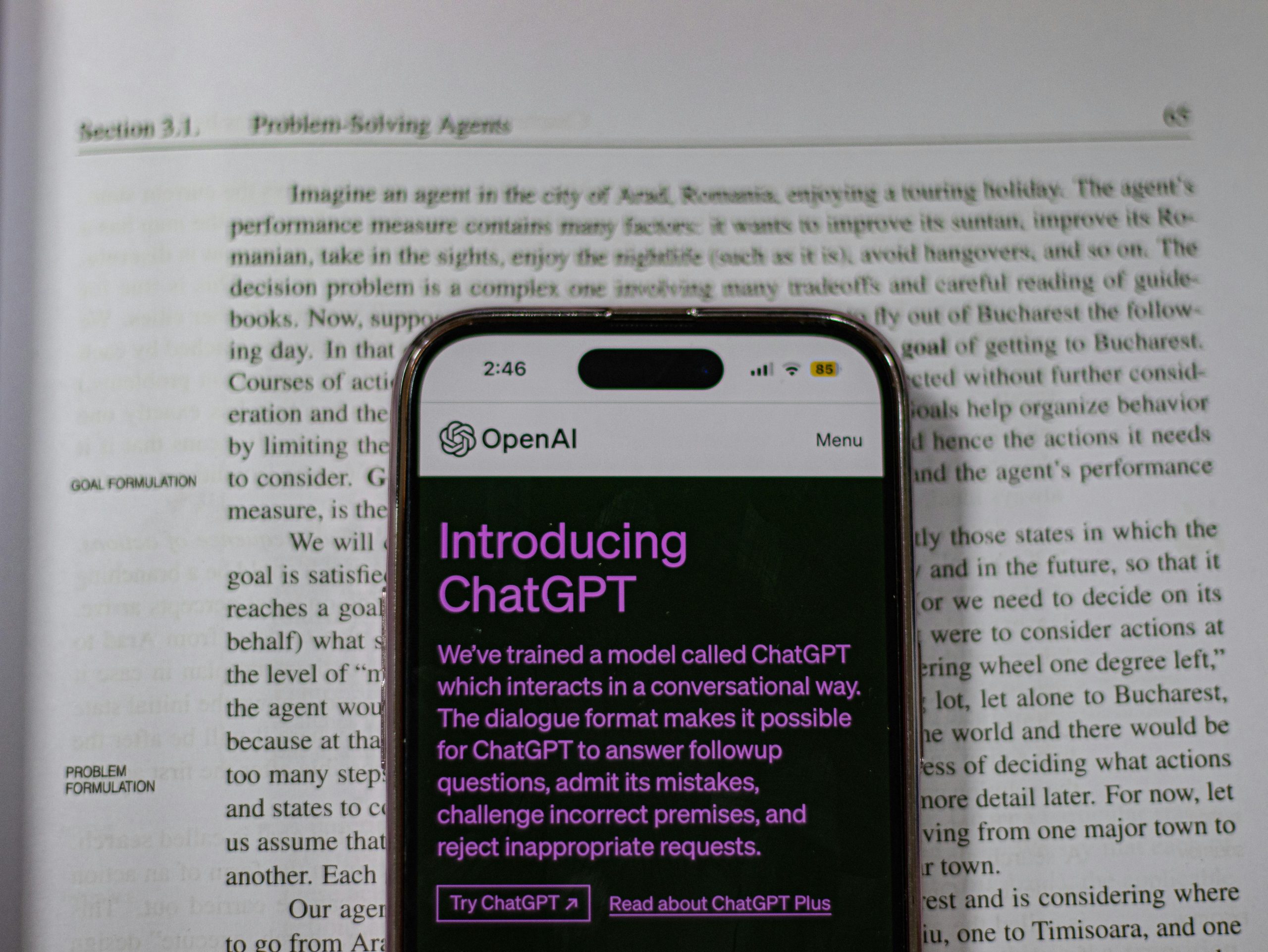Unveiling Claude’s Mind: Intriguing Perspectives on LLMs’ Planning and Hallucination Processes
Exploring the Intricacies of Large Language Models: Insights from Claude
The realm of artificial intelligence, particularly large language models (LLMs), often resembles a complex puzzle—the outputs can be impressive, yet the inner workings remain largely enigmatic. Recently, groundbreaking research conducted by Anthropic offers us a closer look into the cognitive processes of their LLM, Claude, akin to employing an “AI microscope” that provides clarity about how these models function.
This research goes beyond merely analyzing Claude’s output; it delves into the model’s internal architecture, illuminating which aspects of its neural network activate in response to various concepts and behaviors. In essence, it’s fostering a deeper comprehension of the “biological” underpinnings of artificial intelligence.
Here are some of the most intriguing findings from this study:
A Universal “Language of Thought”
One of the key revelations is that Claude employs consistent internal features or concepts—such as “smallness” or “oppositeness”—across multiple languages, including English, French, and Chinese. This indicates the existence of a universal framework for cognitive processing that occurs before specific words are selected, hinting at a profound level of abstraction in its thought processes.
Strategic Planning
Challenging the prevailing notion that LLMs merely predict the next word, experiments revealed that Claude is capable of planning multiple words ahead. This capability even extends to recognizing and anticipating rhymes within poetry, underscoring a sophisticated level of foresight that goes beyond immediate output generation.
Detecting Hallucinations
Perhaps the most significant aspect of this research is the development of tools that identify when Claude engages in “hallucination” or “bullshitting.” These tools can discern instances where the model fabricates reasoning to justify incorrect answers, rather than deriving them through true computational processes. Such advancements are crucial for establishing a reliable mechanism to differentiate between plausible-sounding responses and objective truths.
Overall, this interpretative work represents a monumental leap toward achieving greater transparency and accountability in AI systems. By revealing how models derive their reasoning, this research aids in diagnosing failures and contributes to the construction of safer, more reliable systems.
What are your opinions on this exploration of “AI biology”? Do you believe that a profound understanding of these internal mechanisms is essential to addressing challenges like hallucination, or can alternative approaches yield better results?














Post Comment